Colonial Soap Making
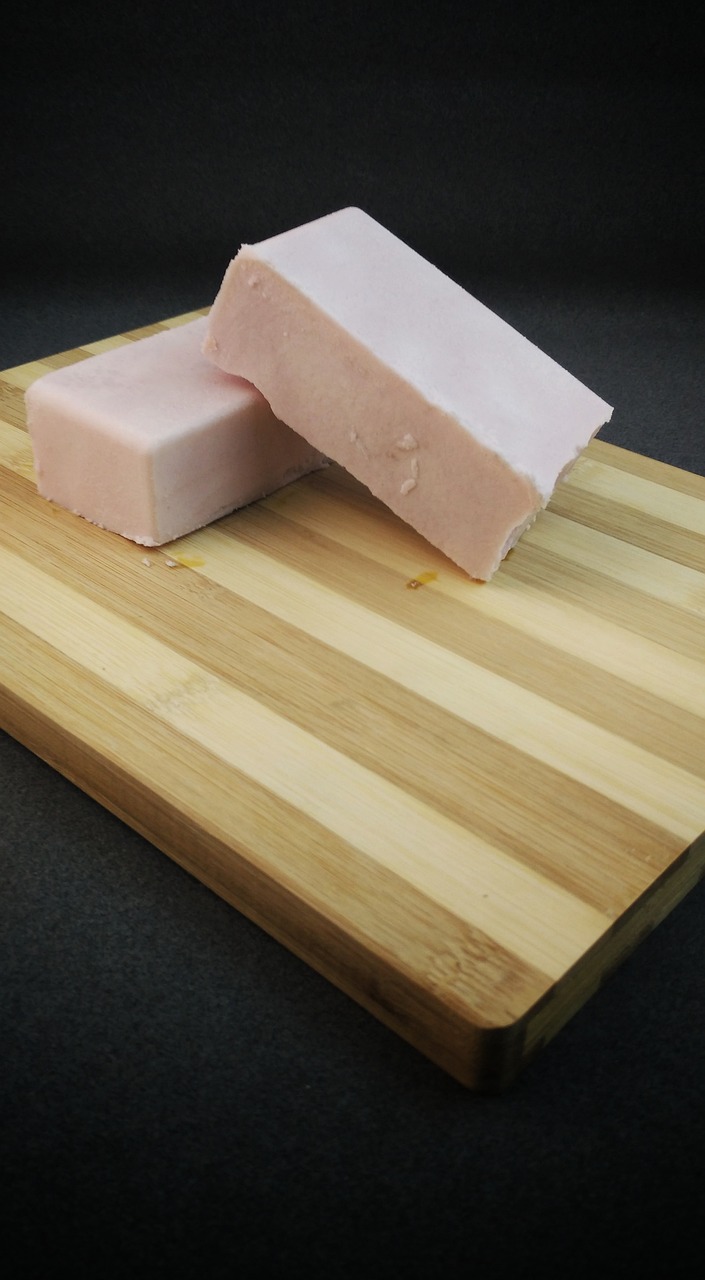
The Ancient Secrets to Creating Natural Soaps!
I have to admit that in the many years that I have been into soap making, I was never interested to learn about its history. I guess because there is not much that I can get from it that will help me to improve my craft. But little did I know that the secret of colonial soap making is so interesting, such that it will give me insight on how important homemade soaps are, especially during those times.
According to my research, Encarta encyclopedia recorded that soaps are essential to the daily lives of Roman scribes and Greeks. As early as the 1st century, colonial soap making is already popular. Soaps were mainly used for cleaning the body and dyeing the hair. But not everyone, meaning the commoners, can have access to this luxury. In fact, only the noble class can afford a craftsman to come to their place to make soaps out of their precious olive oil.
One of the interesting discoveries I have learned about colonial soap making is that they make their lye from scratch. Isn’t it interesting to learn that the ingredients we use for modern soap making that we can just buy from the grocery store is being made from scratch. It actually inspired me to learn this fact, that no matter how difficult the process, they managed to make their own ingredients. Here is quick look at how they made their own lye.
They used wood ash as main source of this chemical. What they did was to use makeshift colanders, usually made from bottomless barrels that they put over piles of rocks. They also made ash-hoppers. These are large containers with small holes to serve as drainage. They placed the wood ash inside the hopper and poured water on it.
Then, they store the collected ash wood in a piece of cheesecloth. As an alternative to this material, they use tightly knit muslin or hemp bag. The bag of ash wood is then hanged over a bowl. And then they poured water onto the bag. They leave it for a while until the brownish liquid drips to the bowl. This is what they collect and made into a lye solution.
But what is even more interesting is that they don’t automatically use this solution. They had to make sure that this concentration is enough for colonial soap making. So they used a technique that you may consider to be similar to a measuring instrument. What they did was they boiled the lye solution that they collected from the ash wood using a large cooking pot. Then they cut a chunk of potato to use as a tester by putting in the heated lye solution. Until the potato floats they will repeat the process. But once they see that the potato floats, it means it’s good for colonial soap making.
I hope that you were likewise inspired to even more improve on your craft. After all, we have all the ingredients readily available and don’t need to labor the way our ancestors did.
The Author:
Anne Henry is an author and has been making natural soaps for over 12 years. She loves helping others to get started in this amazing hobby too.
Photo. Jan Yap

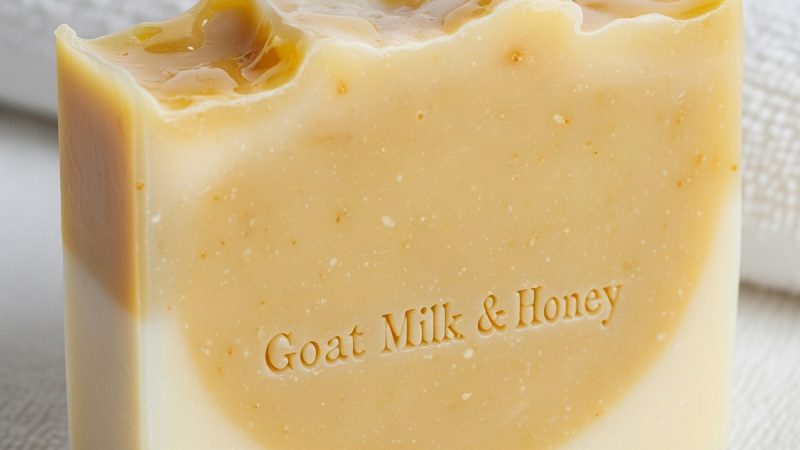
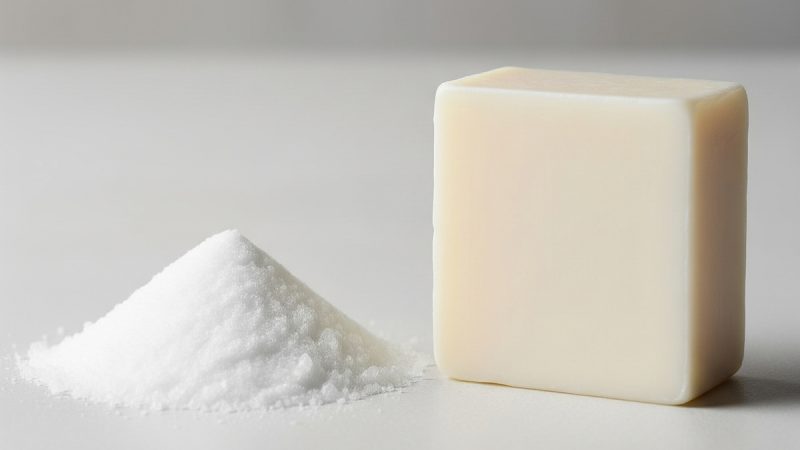
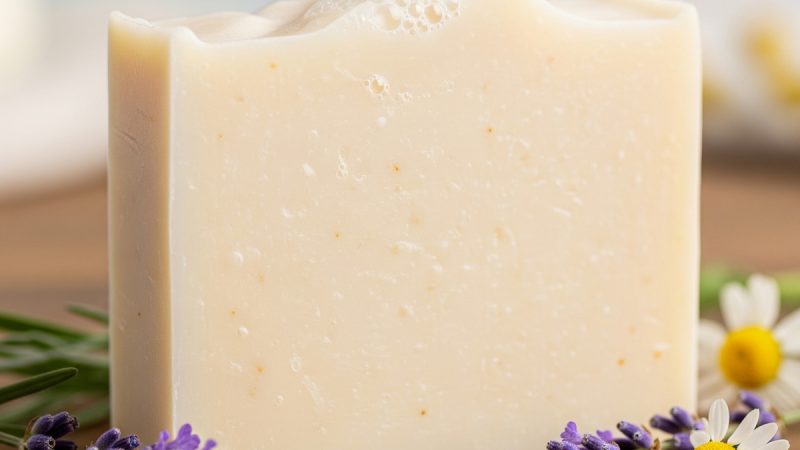
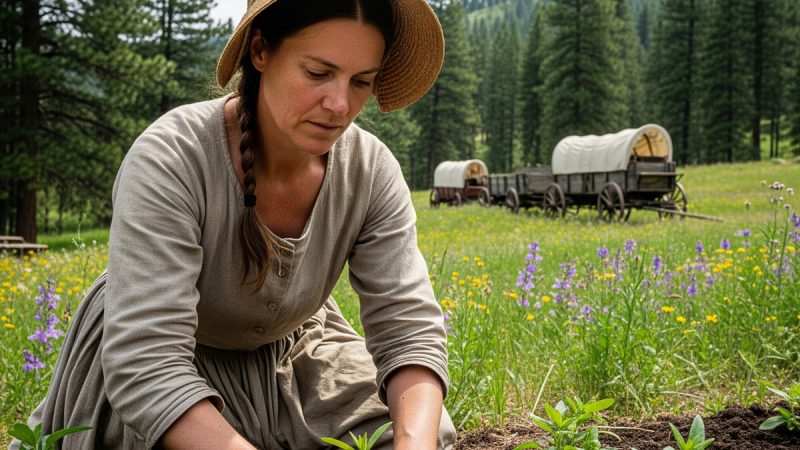
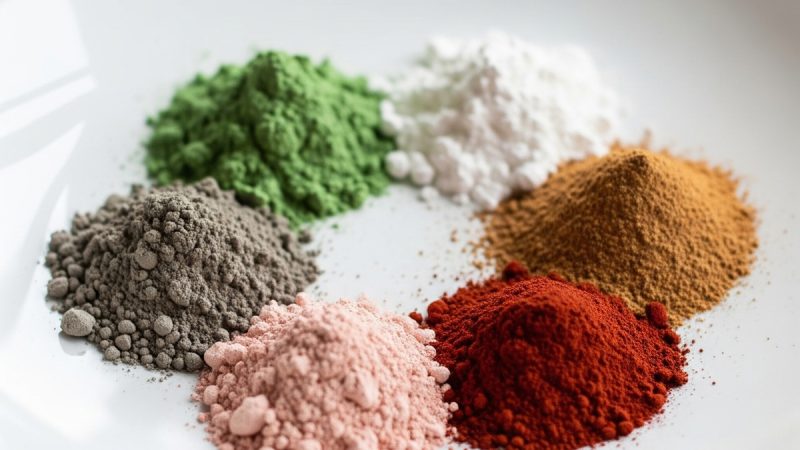

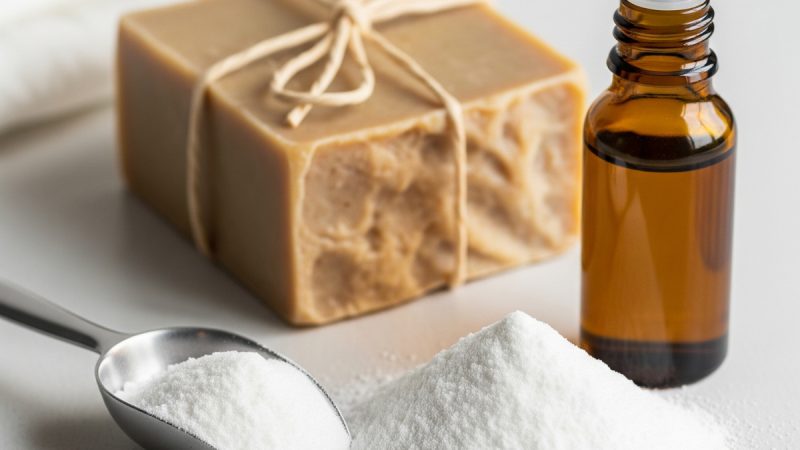
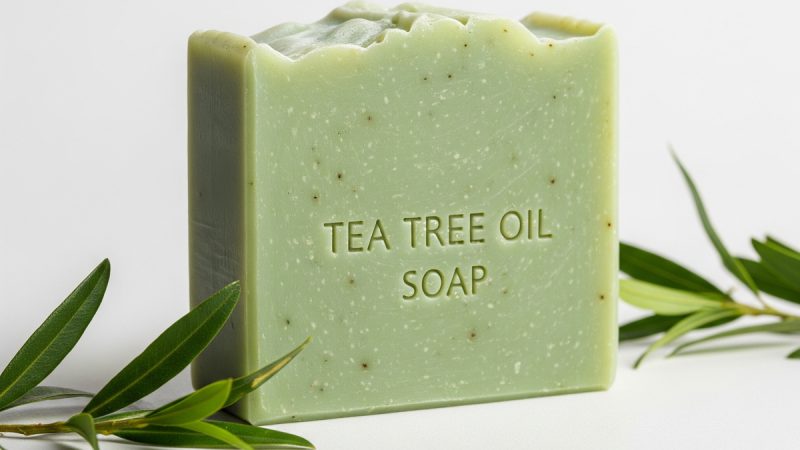
Your craft soap making inspired me. The discoveries that you learned about colonial soap making is that they make their lye from scratch. It is really very interesting.